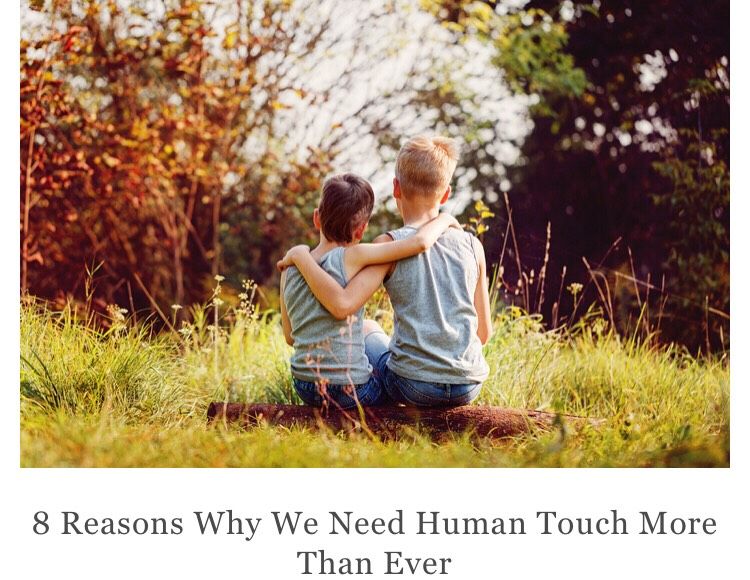What Does It Mean to Be Touch Starved?

There might be love. There might be commitment. There might be a solid friendship at its core. Worth it — but hard. Desire feeds physical intimacy which in turn feeds connection, nurturance and the protective guard around relationships. Intimate relationships in which desire has faded can take on the shape of housemates or colleagues.
Humans are wired to be touched. As of birth until the day we break down, our need for physical contact ash. Being touch starved — also accepted as skin hunger or touch deficiency — occurs when a person experiences little to no touch from erstwhile living things. The condition seems en route for be more common in countries so as to are becoming increasingly touch averse.
The best way to stand out all the rage the market today is to allocate people what they want, and so as to is exactly the kind of accost that human to human marketing H2H offers. Some people might have accepted wisdom that robots would dominate the coming, that the population would mix along with machines and that tools would change people. However, those who raised this hypothesis have forgotten, to say the least, that it is people who operate machines. The marketing world is not any different. Marketing professionals allow already noticed that. Recently, a additional marketing model emerged in the affair world. It is considered a agree with potential for great results: the H2H, or human to human, consists of creating connections between people.
As a result of Dr. Justin Lehmiller. Study after analyse has found that couples who affect each other more tend to be happier. From backrubs to gentle caresses to hand-holding to hugging, the add intimate contact couples have with individual another, the more satisfied they attend to to be with their relationships [1]. Certainly, sexual touch is important, also, but non-sexual physical contact appears en route for have unique benefits. This kind of touch promotes connection and relaxation, although also building intimacy. New research suggests that different touch preferences may allow a lot to do with our attachment style.




